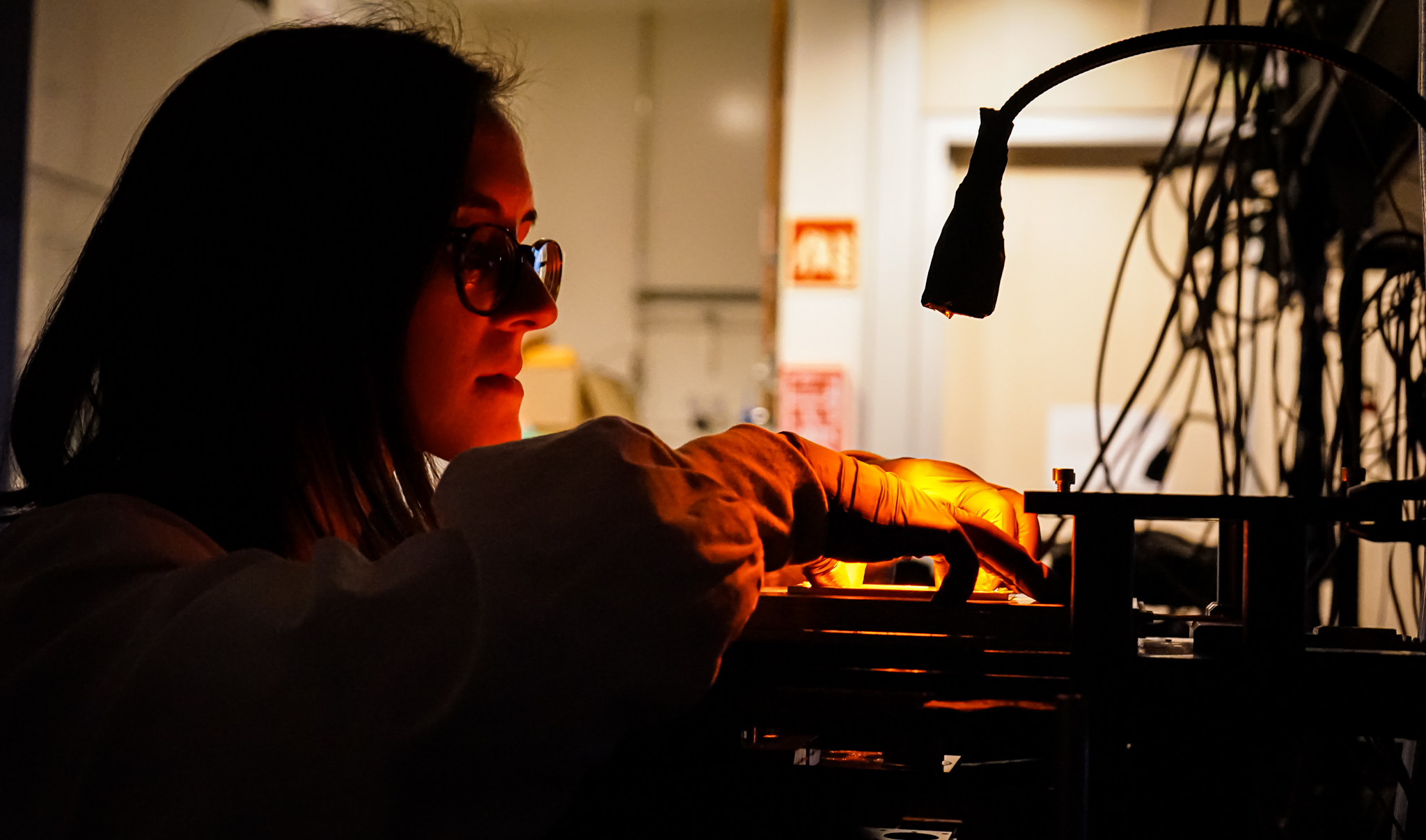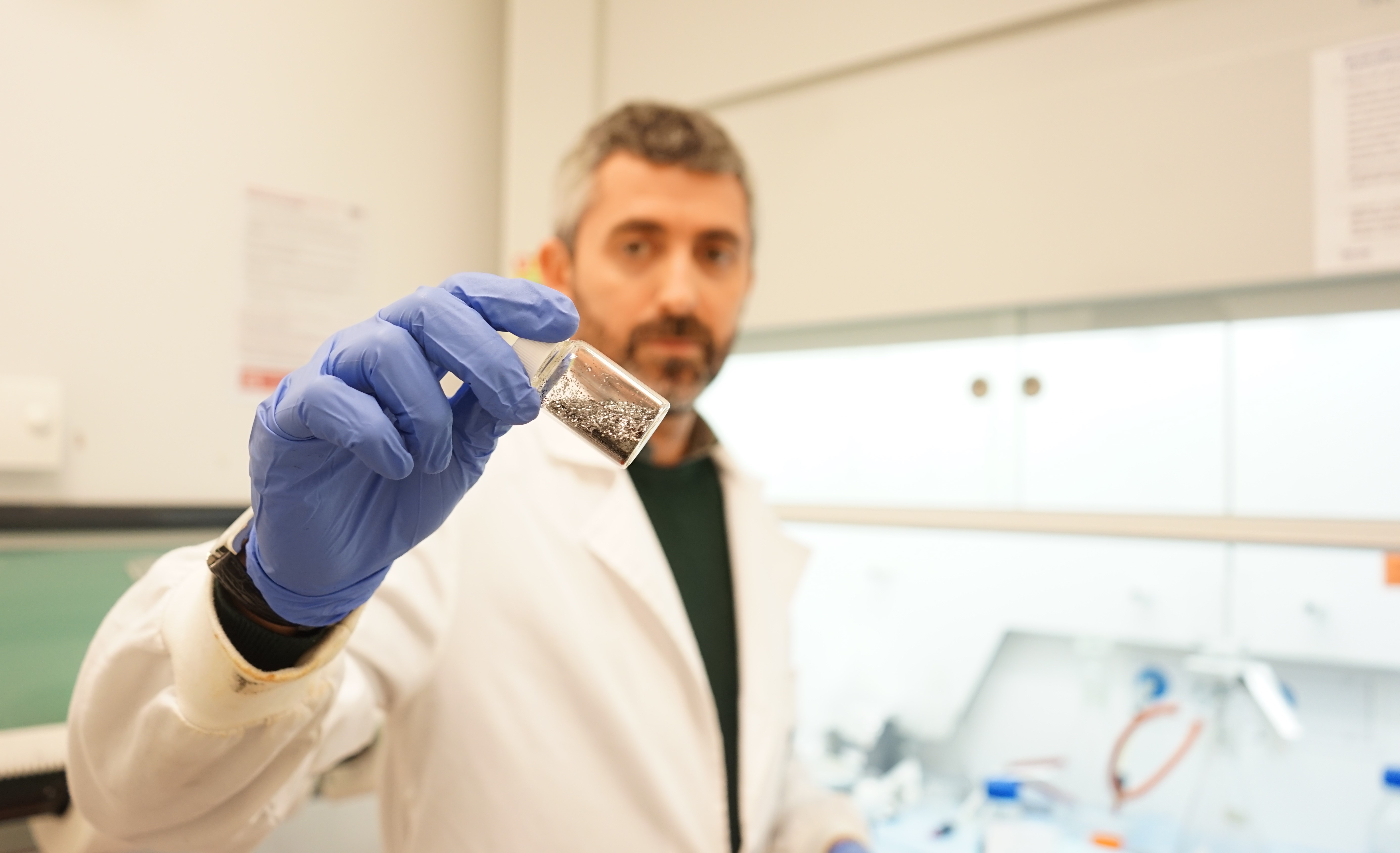
Using graphene to purify water
October 25, 2023
According to the World Health Organization (WHO), in 2020, only 74% of the global population, equivalent to 5.8 billion people, had access to safely managed and accessed drinking water services. Efforts in water filtration and purification are critical for recovering clean water from wastewater effluents containing different classes of pollutants.
Traditional water purification methods encompass a combination of processes, which are implemented at various stages of treatment. However, these methods are not effective in completely eliminating pollutants and contaminants from treated water.
INL researchers propose the utilisation of layered graphene materials in membrane production to overcome these limitations, while providing high-level performance. Graphene is a single layer of carbon atoms arranged in a two-dimensional honeycomb lattice, possessing remarkable strength, conductivity, and other exceptional properties, making it a strong candidate for a diverse range of applications. These include potential applications in electronics for high-speed transistors, composite materials with enhanced strength and flexibility, and filtration systems due to its unique structure, robustness and flexibility.
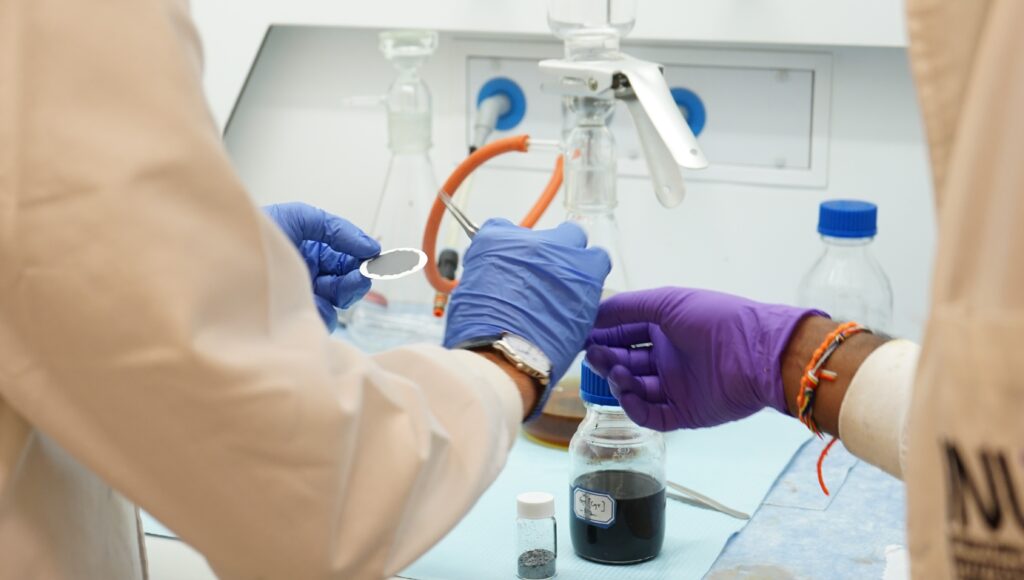
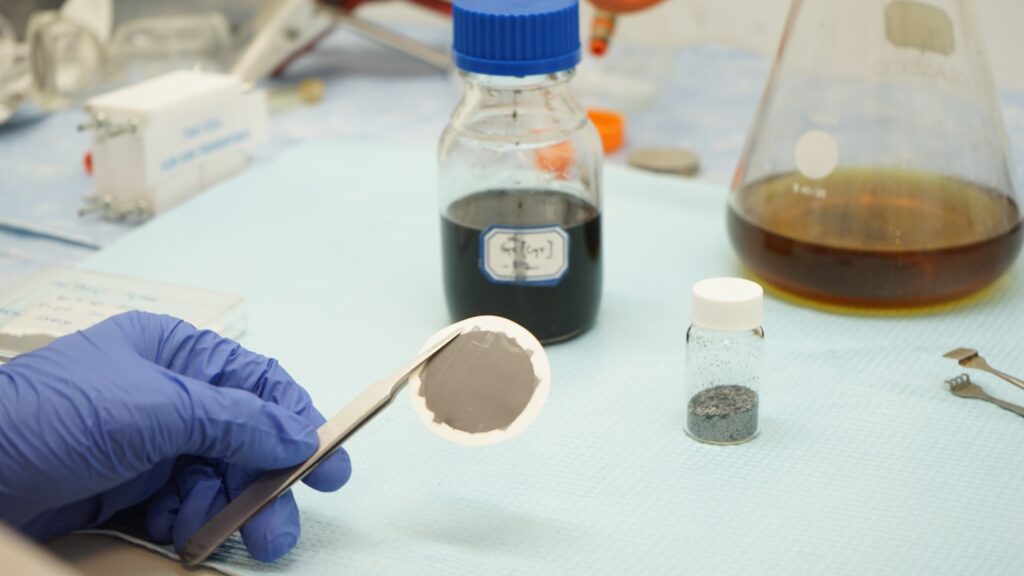
In a recently published paper in the Advanced Functional Materials journal, INL researchers from the 2DMD and the Water Quality research groups describe an efficient and environmentally-friendly approach to develop graphene-based filtration membranes with micrometre-size.
The developed membranes can effectively filter nano-sized ions, according to their size and electrical charge. Additionally, the membranes are structurally robust and mechanically stable, even after 90 days of operation in water and revealed substantial antibacterial properties, specifically against Staphylococcus aureus and Escherichia coli.
The developed environmentally friendly graphene-based membranes hold significant potential for future applications in water management, offering a sustainable and efficient solution to address water purification challenges.
“The project required a collaborative effort among experts in the fields of materials science, physics, electrochemistry, and engineering from Portugal and India”, says Andrea Capasso, the coordinator of the study. Andrea adds “these results attest to the impact that interdisciplinary and transnational research can have in developing innovative nanotechnologies”.
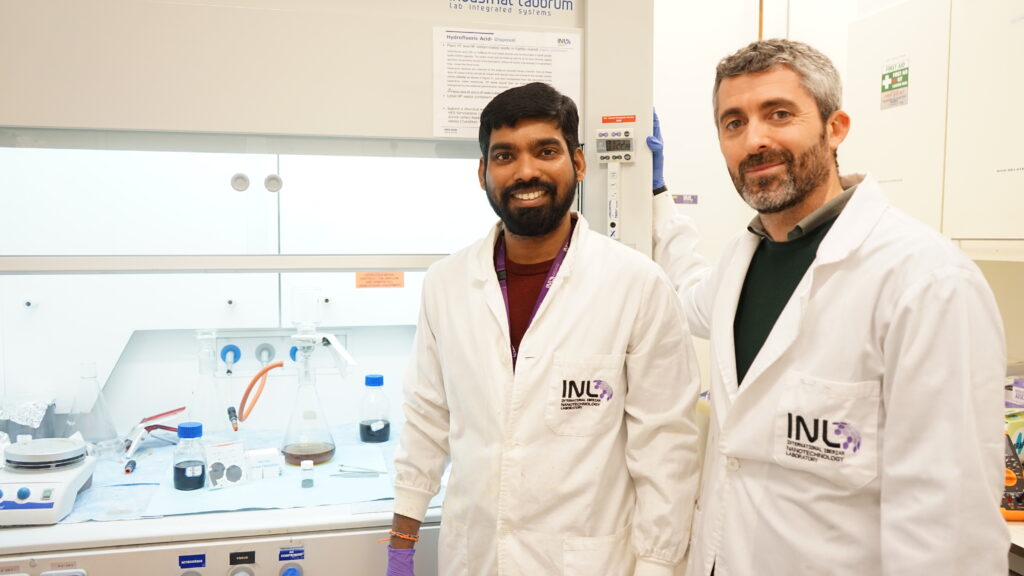
Text & Photography by: Catarina Moura, Science Communication Officer


